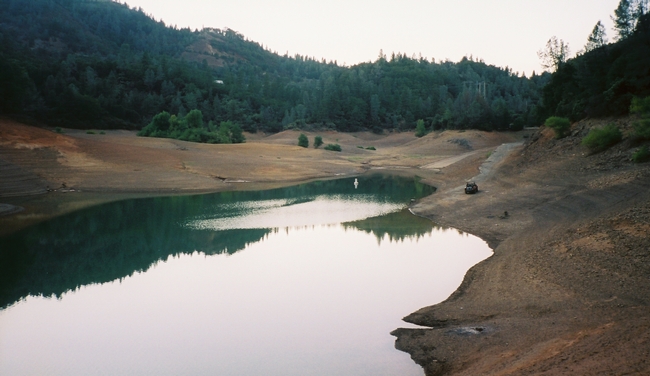
The United States Drought Monitor currently classifies the Redding area under the “Exceptional Drought” category, which is the most intense category on the drought scale. Most of our neighbors are experiencing exceptional drought conditions as well. However, it is important to put the current drought in context historically, and to remember that we are assured of a seasonal (summer) drought every year anyway.
First of all, what does the term “drought” really mean? It refers to drier than normal conditions. But what are “normal conditions?” They are usually based on weather averages. For the Western U.S., that is about 160 years of weather data. Drought is a very normal, recurring part of the earth's climate that occurs almost everywhere, although the length and intensity of droughts varies.
Often we hear about current conditions as related to a period of record. For example, this may be the driest period on record for the state of California. That “period of record” refers to the amount of time people have been keeping track of the weather here. However, when we look at a longer period of time, we are really putting our current conditions into a much better context. Why? Because only looking at a period of weather data from the mid-1800s to now does not really tell us how dry or wet it can get here.
How can we know what conditions were like before people starting keeping track of the weather here? The answer lies in tree stumps, other pieces of long-dead wood, and sediment cores. Scientists can use these things to determine past climate. Many studies exist which give us information on California's hydrology that go back thousands of years. These studies indicate that our current drought may be just a blip in the radar of our long-term climate. In fact, our “period of record” recorded some of California's wetter periods to some degree.
So if severe and long droughts are more common than we previously thought, what does that mean for agriculture, or the water you use on a daily basis? Well, it means we have a lot less to use than we think we do. That calls for increased vigilance with reducing your water waste. There are a lot of resources that deliver information about this, so be sure to check it out.